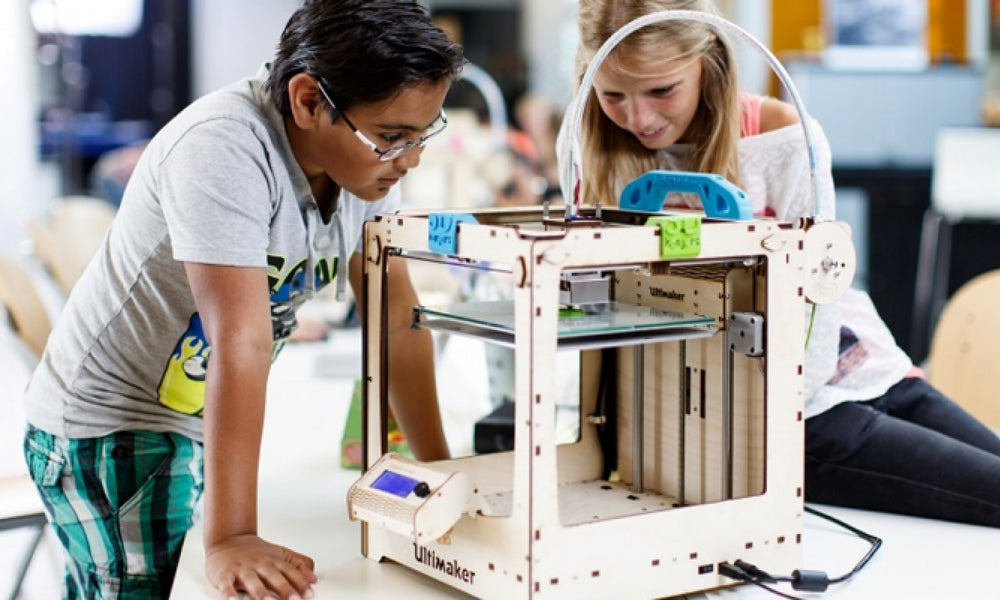Introduction
In the realm of product development, the transition from concept to prototype plays a pivotal role in shaping the final outcome. 3D printing has emerged as a revolutionary tool for prototyping, enabling designers and engineers to bring their ideas to life in a faster and more cost-effective manner. This article delves into the world of 3D printing for prototyping projects, exploring the techniques, tips, and the rapid evolution of this technology.
3D Printing Prototyping: A Game-Changer
Understanding Rapid Prototyping with 3D Printing
Rapid prototyping is a dynamic process that allows for the quick creation of physical models based on digital designs. 3D printing, as a rapid prototyping technology, has transformed the traditional prototyping landscape. The ability to produce intricate and complex designs with precision has made 3D printing a game-changer in the field of prototyping.
With a density of 3D printing prototyping techniques, the process has become synonymous with speed and efficiency. Traditional prototyping methods often involved time-consuming and expensive processes, but 3D printing has streamlined this, offering a faster and more cost-effective alternative.
Prototyping Design Tips for 3D Printing
Embracing Design for 3D Printing
To fully harness the power of 3D printing for prototyping, designers must embrace principles tailored for this specific manufacturing method. Here are some essential prototyping design tips for 3D printing:
1. Optimize for Layer-by-Layer Printing:
Designers should consider the layer-by-layer nature of 3D printing. Ensuring that the design is conducive to this process can enhance the structural integrity and surface finish of the prototype.
2. Support Structures:
Implementing support structures is crucial, especially for intricate designs or overhangs. This helps prevent deformation during the printing process and ensures the accuracy of the final prototype.
3. Material Selection:
Choose materials suitable for the intended purpose of the prototype. Different 3D printing materials offer varying levels of strength, flexibility, and heat resistance. Matching the material properties to the prototype's requirements is essential.
4. Consider Print Orientation:
The orientation of the object during printing affects its strength and aesthetics. Experiment with different orientations to achieve the best balance between structural integrity and surface finish.
5. Iterative Design Process:
Leverage the iterative nature of 3D printing. Designers can quickly make modifications to the digital model, print a new prototype, and test multiple iterations in a relatively short timeframe.
Overcoming Challenges in 3D Printing for Product Development
While 3D printing offers numerous advantages in prototyping, it's crucial to address challenges associated with the technology. Some common challenges include:
1. Layer Resolution:
The layer resolution of 3D printing may result in visible layer lines on the prototype. Finishing techniques such as sanding or post-processing can address this issue.
2. Material Limitations:
Not all materials are suitable for every prototype. Understanding the limitations of the chosen 3D printing material is essential to avoid unexpected issues.
3. Print Speed vs. Quality:
Balancing print speed and quality is a constant consideration. Adjusting these parameters based on the specific requirements of the prototype is key to achieving the desired outcome.
4. Support Removal:
Removing support structures can be challenging, especially in intricate designs. Designing with ease of support removal in mind can simplify post-processing.
The Evolution of 3D Printing for Product Development
Over the years, 3D printing technology has undergone significant advancements, expanding its applications in product development and prototyping. The evolution is evident in various aspects:
1. Materials Diversity:
The range of 3D printing materials has expanded, offering designers a diverse selection to meet specific project requirements. From traditional plastics to advanced composites, the material landscape for 3D printing continues to grow.
2. Multi-Material Printing:
The ability to print with multiple materials simultaneously has opened up new possibilities. This allows for the creation of prototypes with diverse material properties in a single printing process.
3. Color Printing:
Early 3D printers were limited to monochromatic prints. However, the advancement of color 3D printing technology enables designers to produce prototypes with intricate color details, enhancing the realism of the models.
4. Speed and Precision:
Ongoing improvements in print speed and precision contribute to the efficiency of 3D printing for prototyping. Faster print times and higher accuracy levels enable quicker iteration and validation cycles.
Prototype Manufacturing Techniques: Beyond 3D Printing
While 3D printing has become a cornerstone of rapid prototyping, it's essential to recognize that other manufacturing techniques complement and augment the prototyping process. Understanding when to employ different techniques ensures a comprehensive approach to prototype manufacturing.
1. CNC Machining:
CNC machining is ideal for creating prototypes from a wide range of materials, including metals and plastics. It offers high precision and is suitable for prototypes that require a level of detail not achievable with 3D printing.
2. Injection Molding:
Injection molding is a mass production technique, but it can also be used for prototyping. This method is especially useful when the goal is to test the functionality of a design in a material that closely resembles the final product.
3. Sheet Metal Fabrication:
Prototypes requiring thin, flat components can benefit from sheet metal fabrication. This technique is valuable for testing the form and fit of designs intended for metal production.
4. Traditional Model Making:
For certain projects, traditional model making using materials like foam, wood, or clay may still be relevant. This hands-on approach allows for tactile exploration of designs and can be particularly effective for concept validation.
Conclusion
Mastering 3D printing for prototyping projects involves not only understanding the technology itself but also integrating it seamlessly into the broader context of product development. The evolution of 3D printing, coupled with effective design strategies and a holistic approach to prototype manufacturing, has transformed the landscape of rapid prototyping.
From overcoming design challenges to embracing the diverse range of materials and manufacturing techniques, designers and engineers are equipped with powerful tools to bring their ideas to life. As 3D printing continues to advance, the journey from design to prototype becomes increasingly efficient, allowing for quicker iteration, validation, and ultimately, the successful realization of innovative products.

